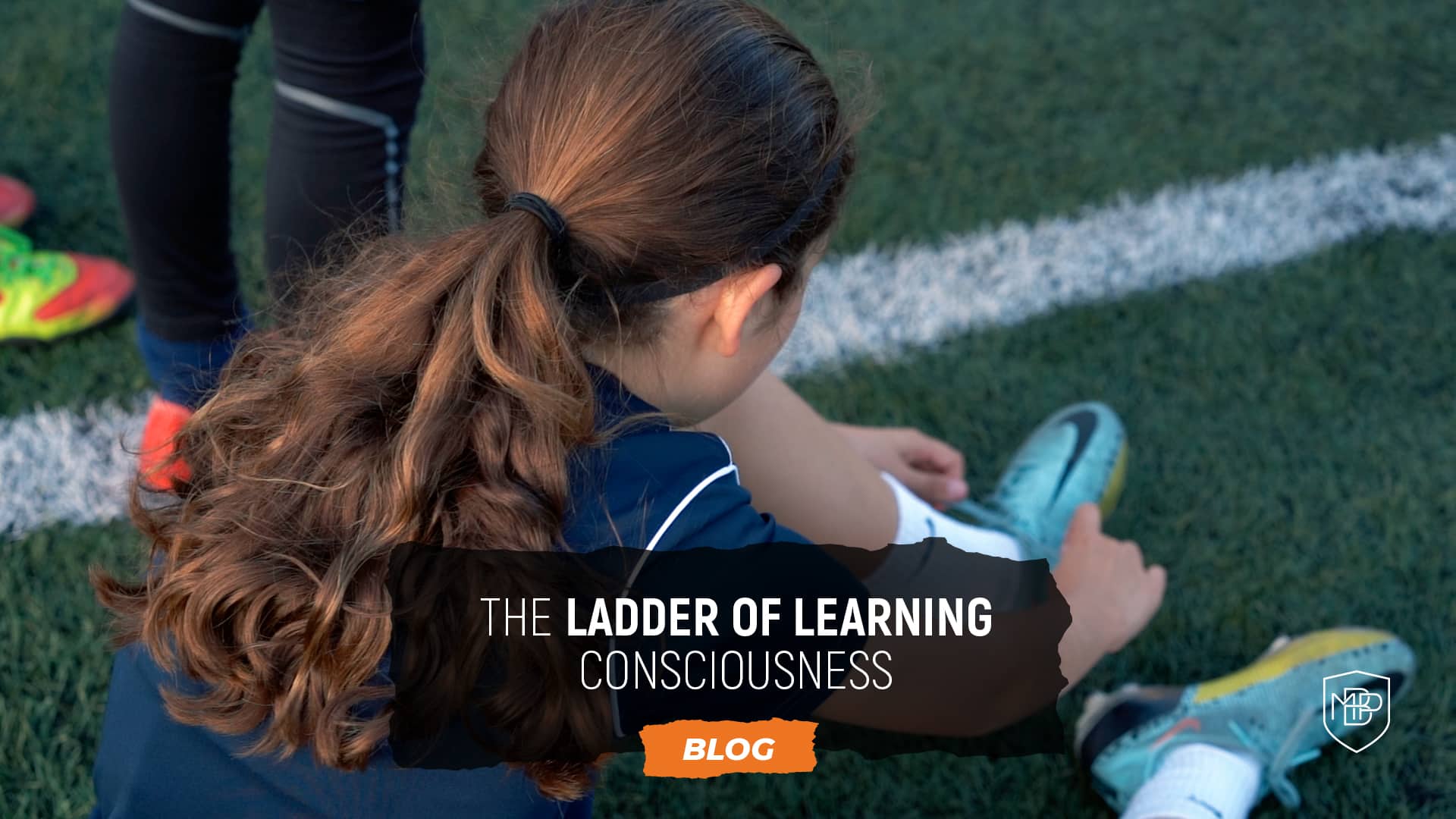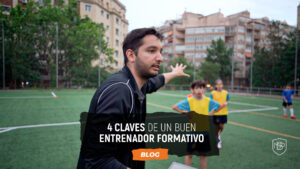The Ladder of Learning Consciousness is a model developed by psychologists Joseph Chilton Pearce, Seymour Epstein and Michael C. Graham. These authors describe the different levels of awareness that a person may experience when learning a new skill or task in any area of life.
Each level of consciousness implies a different degree of knowledge and mastery of the skill or task in question. The idea is that as a person learns and develops a new skill, he or she moves up the ladder of consciousness.
In football as in other activities or sports, everything we do is considered to be done consciously and voluntarily. In fact, without consciousness, there is no learning, no progress, no evolution.
However, the best human skills are performed from the subconscious, being able to solve hyper-complex situations in an amazingly effective way (Seymour and O’Connor, 1992). Many authors claim that our best skills are subconscious, and many of these are used in football.
So, during the process of acquiring and mastering any skill, every player goes through a process we call the ladder of conscious learning, which is composed of four rungs or phases: unconscious incompetence, conscious incompetence, conscious competence and finally the unconscious competence (MBP, 2014 adapted from Seymour and O’Connor, 1992).
** Figure 1: Steps of learning consciousness. Source: MBP
Let’s look at each of the levels in more detail:
-
The first of these is the unconscious incompetence. In this first step, the individual is not aware that they need certain skills. That is to say, they lack them and do not know it (Muñoz et al., 2011).
-
The second level is the conscious incompetence. This time, the player is aware of their lack of skills and knowledge to solve a particular situation but does not yet have the ability to correct them effectively (Muñoz et al., 2011).Once they have reached the point of being aware of their inability, their learning process will increase considerably, as they will now be aware that they need to learn this skill in order to improve their game and will, consequently, put all their emphasis on achieving this with the help and guidance of the coach and the training tasks they set for them.
-
The third step is the conscious competence The player has acquired the necessary skills and knowledge to play football well, but still needs to be aware of what they are doing in order to do it effectively (Muñoz et al., 2011).
-
Finally, we have the unconscious competence level. The individual has acquired the necessary skills and knowledge to play football well and can do so effectively without the need to be aware of what they are doing at all times (Muñoz et al., 2011).
It is important to note that footballers can experience different levels of consciousness and perception in different fundamentals related to the game. For example, an individual could be at the unconsciously competent level in one aspect of the game, and at the same time be at the consciously incompetent level in another element.
In conclusion, the ladder of consciousness, according to Seymour and O’Connor, can be applied to football to help players and coaches better understand their own development and improve their performance on the pitch.
By dividing the ladder into four levels, players and coaches can identify which level they are at and work to improve on their skills and knowledge.
Therefore, our work as coaches will be to create awareness in our players about what they are not doing correctly, to train them properly, to add experiences, and to make the player master as much content and concepts as possible based on the unconscious competence. Thanks to all of this, we will be able to get them to resolve game situations that arise without having to focus on the skill itself (MBP, 2014).








